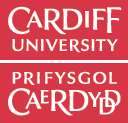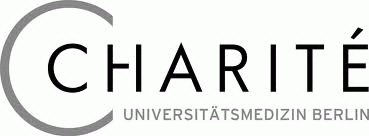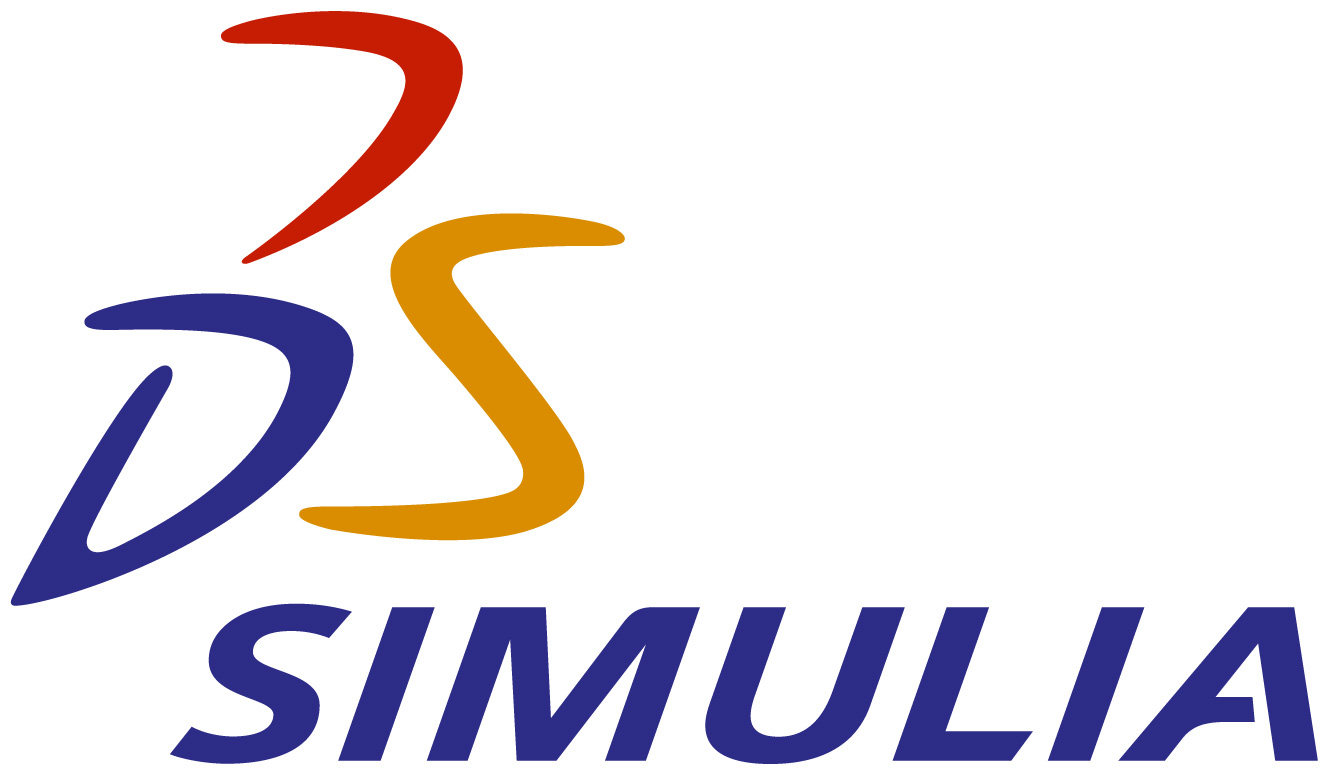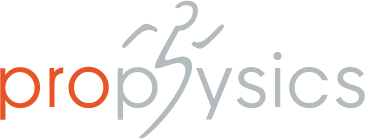
| Main Page Important Dates Abstract/Registration Fees Programme Topics/Special Session Invited Speakers Manuscript Submission Prize/Travel Grants Accommodation Map/Directions Exhibitors & Sponsors Info for Presenters Contact |
Topics and Special Sessions:These topics are indicative, and new/innovative advances in biomechanics and computational simulation are welcome. Emphasise on validation techniques with input from life sciences and biological data are prioritised as are interdisciplinary links between medical technology, biosciences, computer science and the clinical community. An open invitation is also provided to those who wish to organise special sessions in a selected area of biomechanics. Special sessions are now are fully allocated and may we thank those chairs who responded to this call.
SPECIAL SESSIONS ACCEPTEDSS1 Co-chairs: Ellen Kuhl and Chris JacobsTitle: Multiscale modeling of biological systemsWhile the mathematical simulation and computational modeling of biological systems, on the molecular, cellular, tissue, and organ levels, has been investigated in great detail on the individual scales, techniques to transfer information across the scales still remain severely understudied. Multiscale computational modeling provides a unique opportunity to correlate what a biologist sees in a dish to what a clinician measures in the patient. We invite novel approaches that model biological systems across multiple scales, experimentally, theoretically, and computationally. This session focusses on contributions that either explore the mechanobiology, i.e., the impact of mechanics on biology, or on biomechanics, the impact of biology on mechanics, or both. Of course, interactions with other physical fields such as electrical, chemical, or temporal fields are also of interest. Contributions addressing hard and soft tissue systems are equally welcome. SS2 Chairs: Richard Hall and Philippe K. ZyssetTitle: Spine and intervertebral disc biomechanicsThis session will focus on vertebral augmentation, development of spinal devices and fixation systems, disc replacement and the biomechanics of the natural spine. Presentations will also be given by members of the EU funded Marie Curie Initial Training Network in spinal fracture ‘SpineFX’ which involves European partners from both the university and commercial sector. Here the mechanics of spinal fracture and enhancement techniques for treatments used to combat pain and disability will be considered. Presentations are also welcome in other innovative techniques in spine research. SS3 Chairs: Marc Thiriet and Jos Vander SlotenTitle: The virtual physiological human — from imaging to computer-aided medical practiceThis session will focus on patient-specific modeling and simulation of various body systems, related to the framework of the Virtual Physiological Human (VPH) concept of the EU. Multistage and multiscale investigations aim at tackling time and length scales involved in the behaviour of biological systems (e.g., blood circulation, ventilation, digestion, renal purification, musculoskeletal apparatus, tumour growth, etc.) that sense, react, and adapt to environmental loadings. Topics include bio mathematical and biomechanical models as well as data mining for input parameters and experiments for validation. http://ec.europa.eu/information_society/activities/health/research/fp7vph/index_en.htm SS4 Chair: Andrew HopkinsTitle: Zimmer special session on upper limb biomechanicsThe upper limb presents unique challenges to health care providers, and is currently one of the fastest growing markets in orthopaedics. New and innovative prosthetic options for the shoulder, elbow, wrist and finger joints are emerging globally, and a sustained focus on the techniques used to analyse, describe and optimise the performance of these complicated joints is necessary to ensure their continued development. Submissions relating to the upper limb in the areas of FEA, kinematics, motion capture, prosthetic design, prosthetic performance, musculoskeletal anatomy and tribology are welcome. SS5 Chair: Joao TavaresTitle: Computational methods for bio-imaging and visualizationIn recent years extensive research has been performed addressing imaging and visualization of bio-structures combining tools and knowledge from several distinct areas of science, including medicine, physics, mathematics, engineering, computers and informatics. Major applications of bio- imaging and visualization can be found in medicine; for example, computational methods can be applied on images to model and visualize human organs to support the medical diagnosis. The main goal of the Special Session “Computational methods for bio-imaging and visualization” is to bring together researchers involved in the related fields (not limited to): image acquisition, image segmentation, matching and registration, shape reconstruction, motion and deformation analysis, medical imaging, scientific visualization, software development. As such, the session will consist of researchers representing fields related to biomechanics, computational vision, computer graphics, computational mechanics, scientific visualization, mathematics, statistics, medical imaging, etc., in order to set the major lines of development for the near future on bio-imaging and visualization. SS6 Chair: Philippe Young (Simpleware)Title: Image-based simulation for biomechanics applicationsThis special session will look at issues surrounding 3D reconstruction from radiology images, and in using 3D image data to generate Rapid Prototyping, CAD, and Finite Element models. Papers are invited in which image-based techniques have been used for the generation of analysis models for any biomechanical applications. A frank discussion of both the opportunities and the challenges faced when modeling biomechanical systems using image data will be encouraged. SS7 Chairs: Raj Mootanah and Howard J. HillstromTitle: 3D motion analysis, imaging and computational biomechanics for the evaluation, treatment and rehabilitation of lower limb osteoarthritis3D movement analysis, imaging and computational biomechanics have been used individually and collectively to explore the onset and progression of osteoarthritis. Obesity, joint malalignment and tissue injury are some of the primary contributing factors. Absent a cure, improved treatment and rehabilitation strategies are needed. By 2030, recent projection in developed countries for total joint replacements are as high as 1% of the gross domestic product, which is clearly an unsustainable trajectory. Papers employing 3D quantitative methods that focus upon lower extremity OA, evaluation, treatment and rehabilitation are encouraged SS8 Chairs: Cathy Holt, Marcus Pandy and Bill TaylorTitle: Motion analyses and musculosketal modellingThis session will focus on the techniques and applications of motion analysis and musculoskeletal modelling. Kinematic, kinetic and dynamic models of human and animal locomotion provide valuable data and allow a greater understanding of the function of healthy and diseased joints and the dynamic control of motion. Measurement methods are challenging as they are prone to error and dynamic models require complex optimisation techniques. Topics include experimental techniques involving imaging, motion capture and EMG, optimisation and dynamic modelling and validation and application of such models to medical engineering problems such as implant design and surgical intervention, gait analysis and movement classification, orthotic and prosthetic application and animal locomotion. SS9 Chairs: Lynne Bilston and Tim DavidTitle: Modelling and simulation of the brain and its functionsThomas Willis the 18th century philosopher and scientist said that " to explicate the working of the brain is as difficult a task as to paint the soul, for it understands all things but itself". However with the advent of computational and physiological modelling we are beginning to understand the inner workings of this particularly unique organ. The main goal of this session will be to present some of the most advanced models of the brain and the associated spinal cord. It will bring together researchers from all over the world who are each looking deep into such phenomena as ultrascable neural tissue simulation, cerebral aneurysms and their initiation, cerebral perfusion and the regulation of the cerebral blood supply and cerebrospinal fluid system, brain changes during development, aging and brain disorders. The session will hopefully initiate discussions of how we may progress towards fulfilling the "Grand Challenge" , that of mapping the brain and its function. SS10 Chair: Amit Gefen SS11 Chairs: P Pankaj, Stephane Avril and Sam L. Evans
SS12 Chairs: Yoon Hyuk Kim and Damien Lacroix
SS14 Chair: Jeff Weiss |

|












